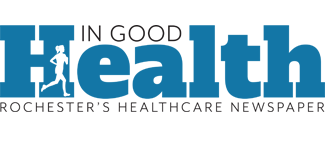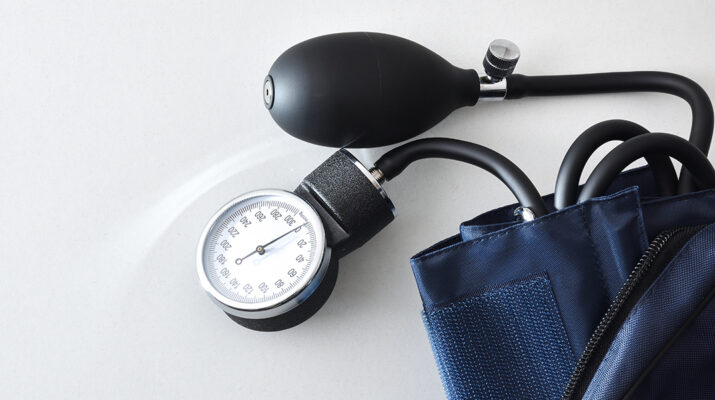Nearly half of U.S. adults should receive earlier treatment for high blood pressure, including lifestyle changes and medications, according to a set of new guidelines issued by America’s top heart health groups.
The guidelines call for early and more individualized treatment for the nearly 47% of Americans who have an average blood pressure of 130/80 mm/Hg or higher, says the joint report by the American Heart Association and the American College of Cardiology.
“High blood pressure is the most common and most modifiable risk factor for heart disease,” said physician Daniel Jones, who chaired the committee that wrote the guidelines. He’s dean and professor emeritus of the University of Mississippi School of Medicine in Jackson.
“By addressing individual risks earlier and offering more tailored strategies across the lifespan, the 2025 guideline aims to aid clinicians in helping more people manage their blood pressure and reduce the toll of heart disease, kidney disease, Type 2 diabetes and dementia,” Jones added in a news release.
The new guidelines are an update from the last set issued in 2017 by the AHA and ACC, which lowered the threshold for high blood pressure from 140/90 to 130/80.
This new set drills down on managing blood pressure among people with unhealthy lifestyles or specific medical challenges.
For example, the guidelines offer specific recommendations on lifestyle modifications that can lower blood pressure, including:
• Limiting sodium intake to less than 2,300 mg per day, with an ideal limit of 1,500 mg per day.
• Lowering sodium by reviewing nutrition labels of packaged foods and restaurant fare, which are the major sources of dietary sodium.
• Cutting back on drinking either by dropping it altogether or limiting to one drink daily for women and two for men.
• Managing stress through exercise, meditation, yoga or other healthy techniques.
• Maintaining a healthy weight, with a goal of at least 5% weight loss for people with overweight or obesity.
• Following a heart-healthy diet high in veggies, fruits, whole grains, legumes, nuts and seeds, and low-fat or non-fat dairy, including lean meats, poultry and fish.
• Increasing physical activity to at least 75-150 minutes a week, including both aerobic exercise and strength training.
Home blood pressure monitoring is recommended to help doctors confirm a diagnosis of high blood pressure, and to track progress once treatment has started, the report said.
The new guidelines appear in the journals Circulation, Hypertension and the Journal of the American College of Cardiology.

